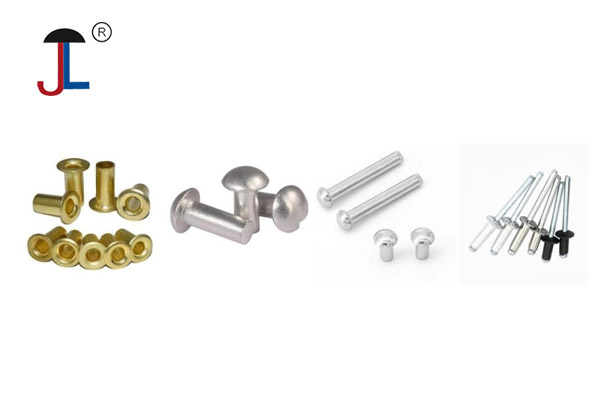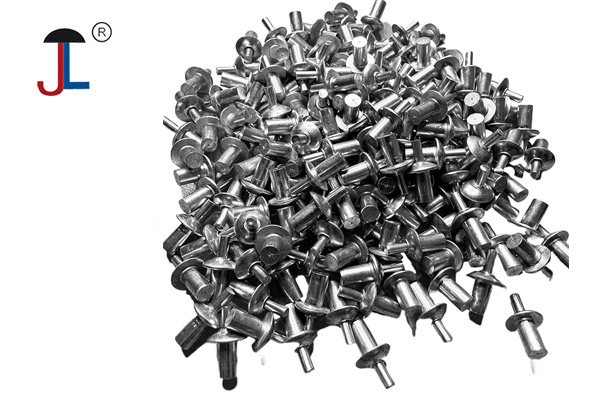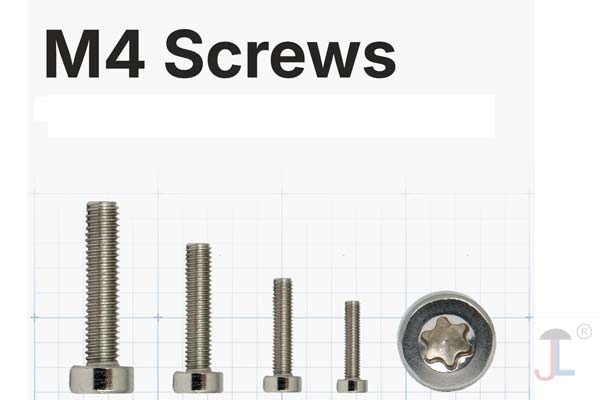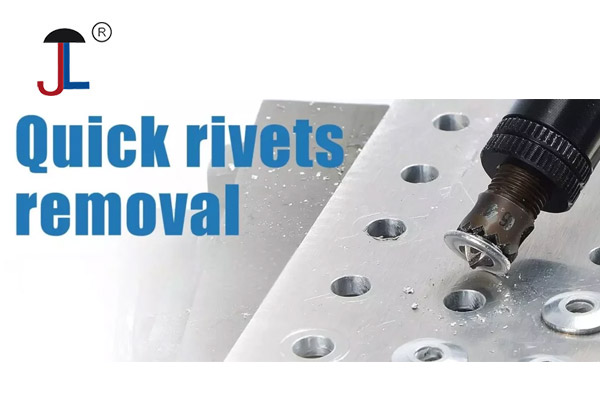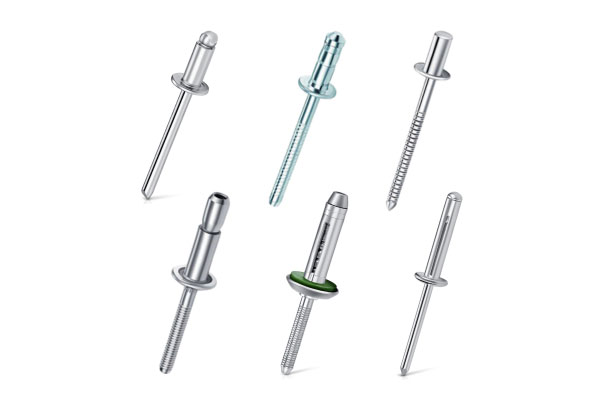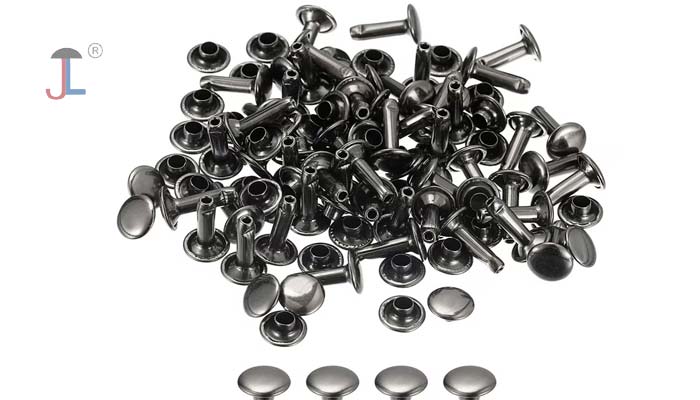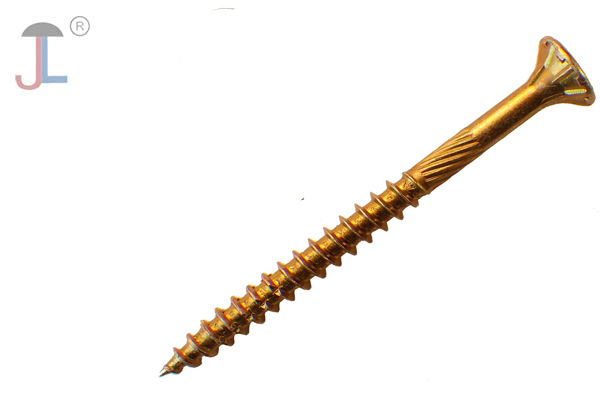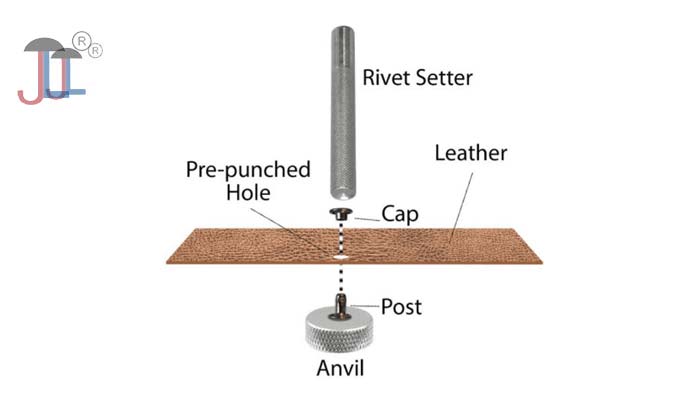1. Drill It Out
Best for: Most types of flat head rivets (especially if you can access the rivet head clearly)
What you need:
-
Electric drill
-
Drill bit (slightly smaller than the rivet shaft)
-
Safety glasses
Steps:
-
Put on safety goggles.
-
Use a center punch to create a small dimple in the center of the rivet head to guide the drill.
-
Slowly drill through the center of the rivet head until the head comes off.
-
Use a small punch or screwdriver to push out the remaining shaft.
Tip: Go slow to avoid damaging the surrounding material.
2. Grind Off the Head
Best for: When the rivet head is exposed and you're not concerned about surface finish
What you need:
-
Rotary tool (like a Dremel)
-
Cutting or grinding bit
-
Safety goggles and gloves
Steps:
-
Carefully grind off the flat head of the rivet.
-
Once the head is gone, tap out the remaining shaft with a punch and hammer.
Caution: Sparks may fly — wear protection and avoid flammable surfaces.
3. Chisel and Hammer
Best for: Older or loose rivets in softer material
What you need:
-
Cold chisel or flathead screwdriver
-
Hammer
-
Punch
Steps:
-
Place the chisel under the edge of the rivet head.
-
Tap gently to loosen or shear the head off.
-
Once the head is off, punch the shaft through the hole.
Note: This method may dent or damage the work surface — use with care.
4. Punch and Tap Method (for Soft Rivets)
Best for: Soft metal rivets like aluminum or brass
What you need:
-
Nail or metal punch
-
Hammer
Steps:
-
Place the punch in the center of the rivet.
-
Firmly tap with a hammer to push the rivet through.
-
If the head doesn't come off, combine with the chisel method.
Ideal for: Thin material or when you don't want to drill.
⚠️ Important Safety Tips:
-
Always wear eye protection.
-
Secure the workpiece to prevent movement.
-
If you're working on a sensitive surface, place masking tape around the rivet to avoid scratches.

